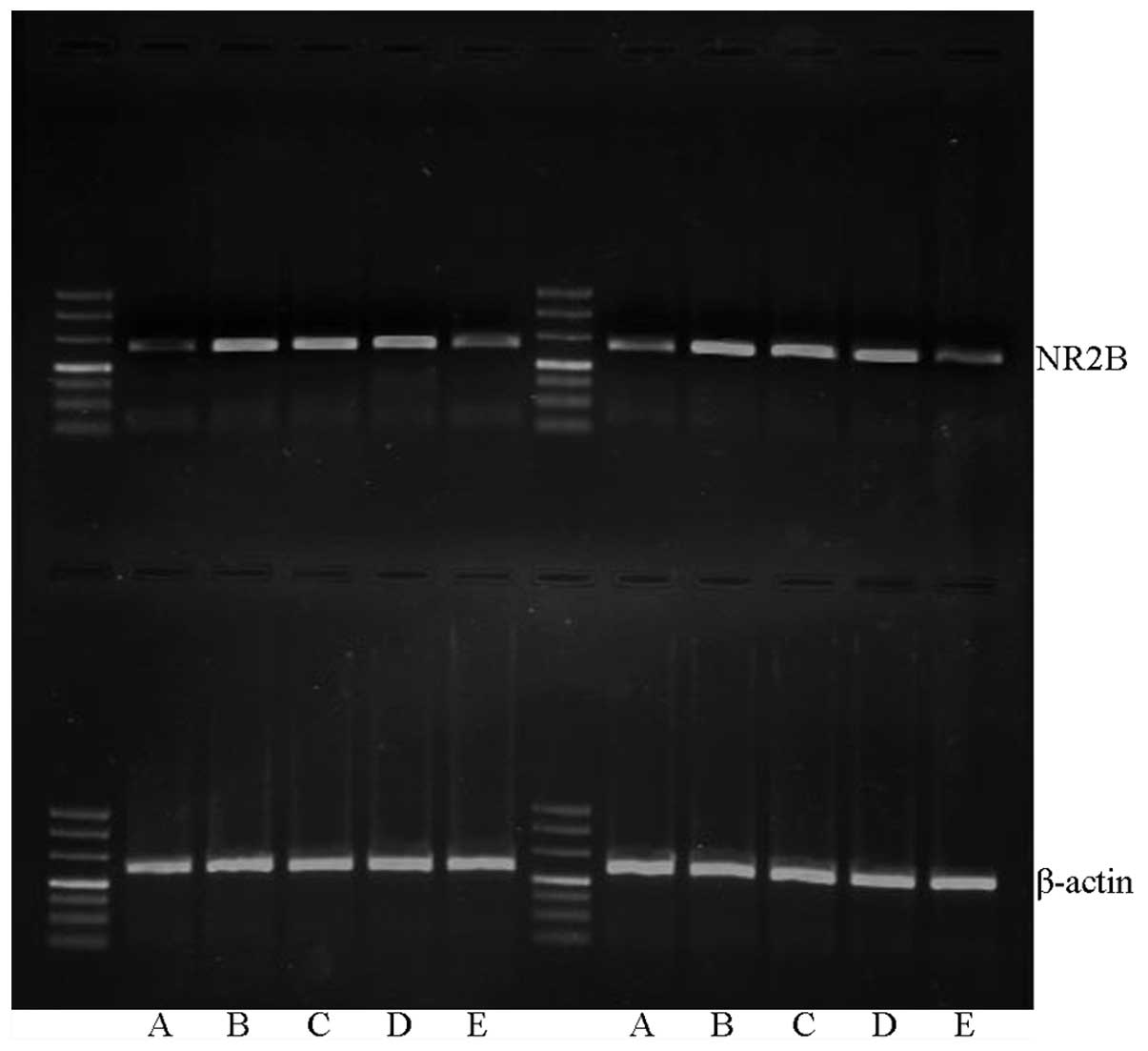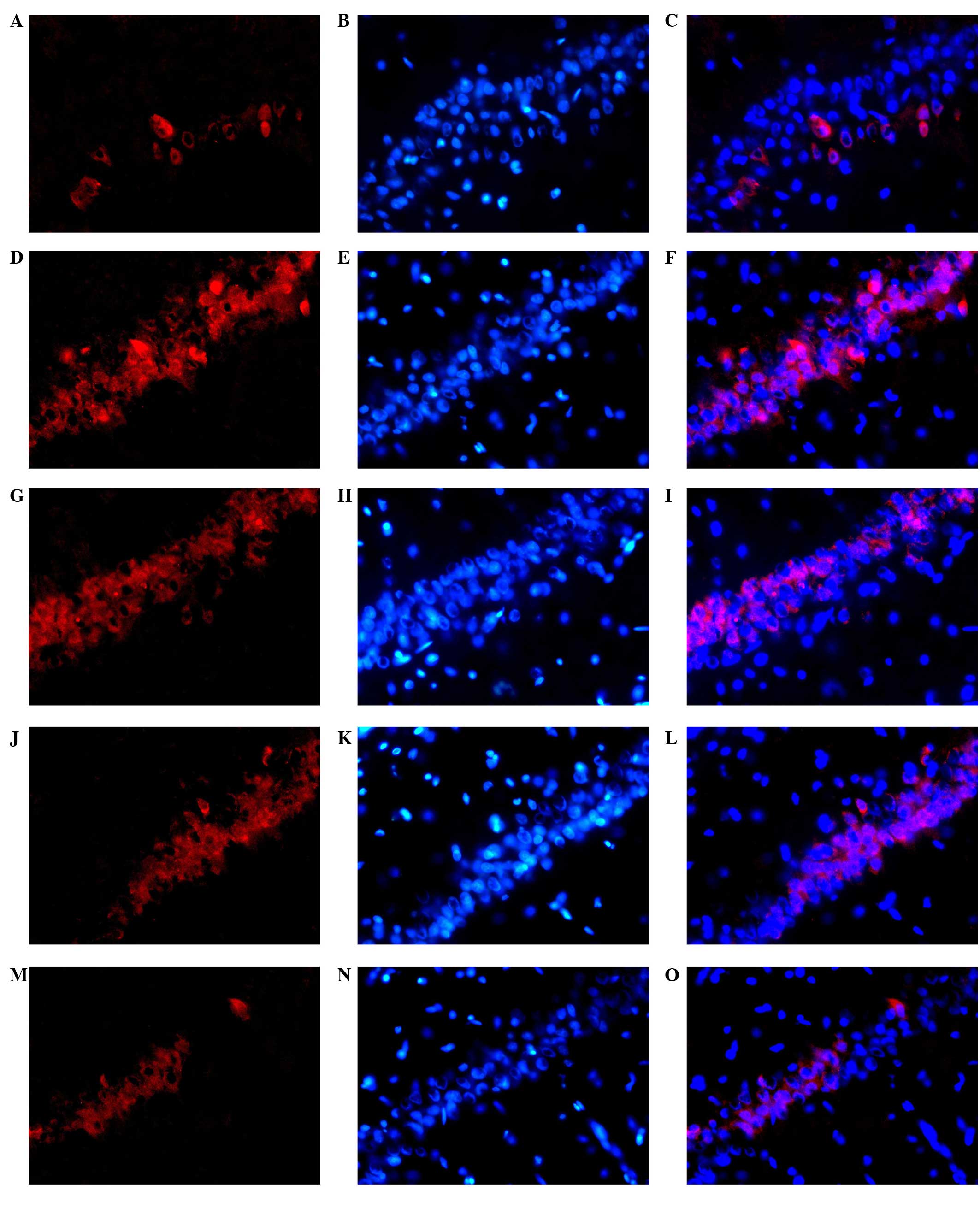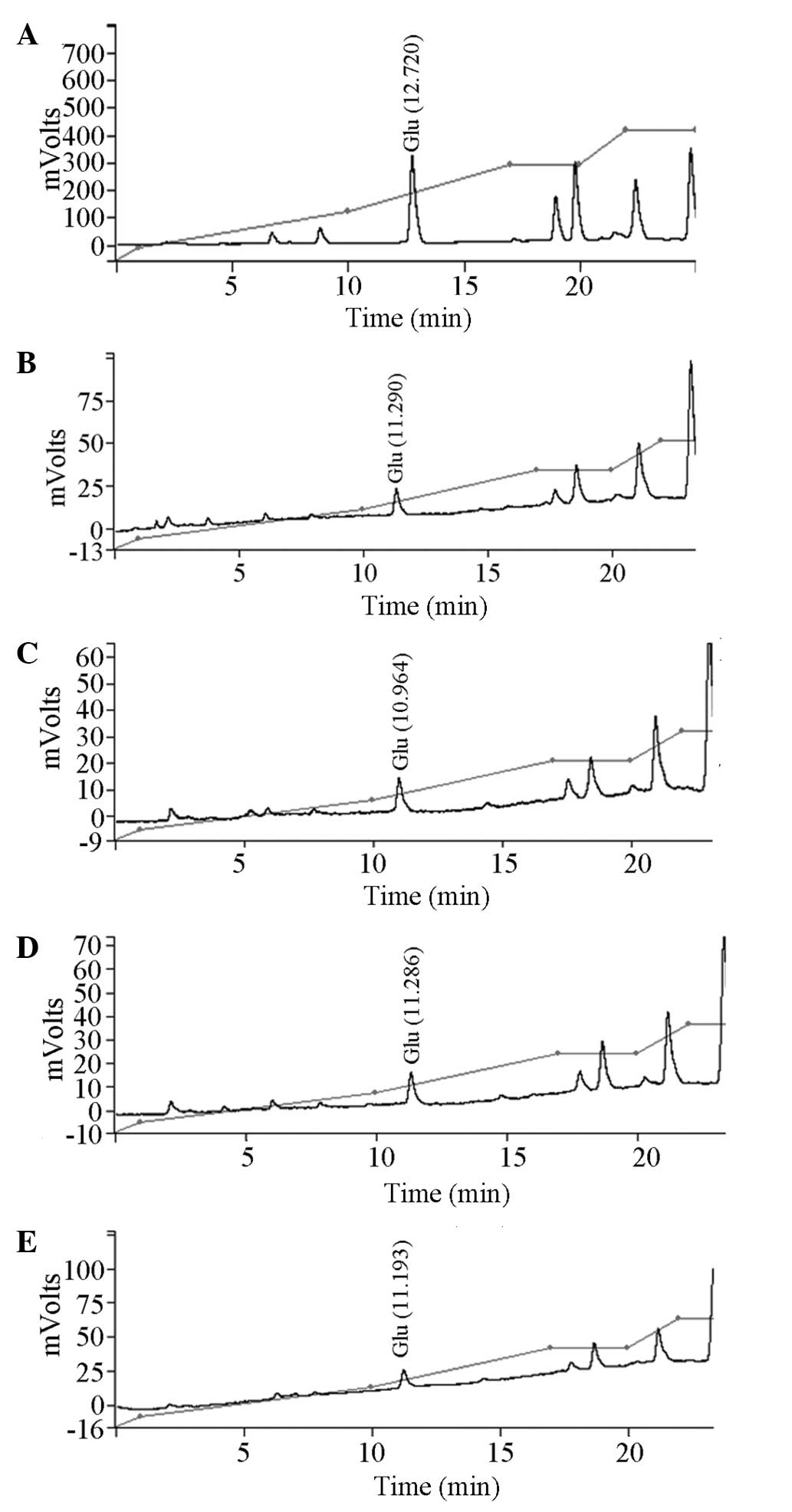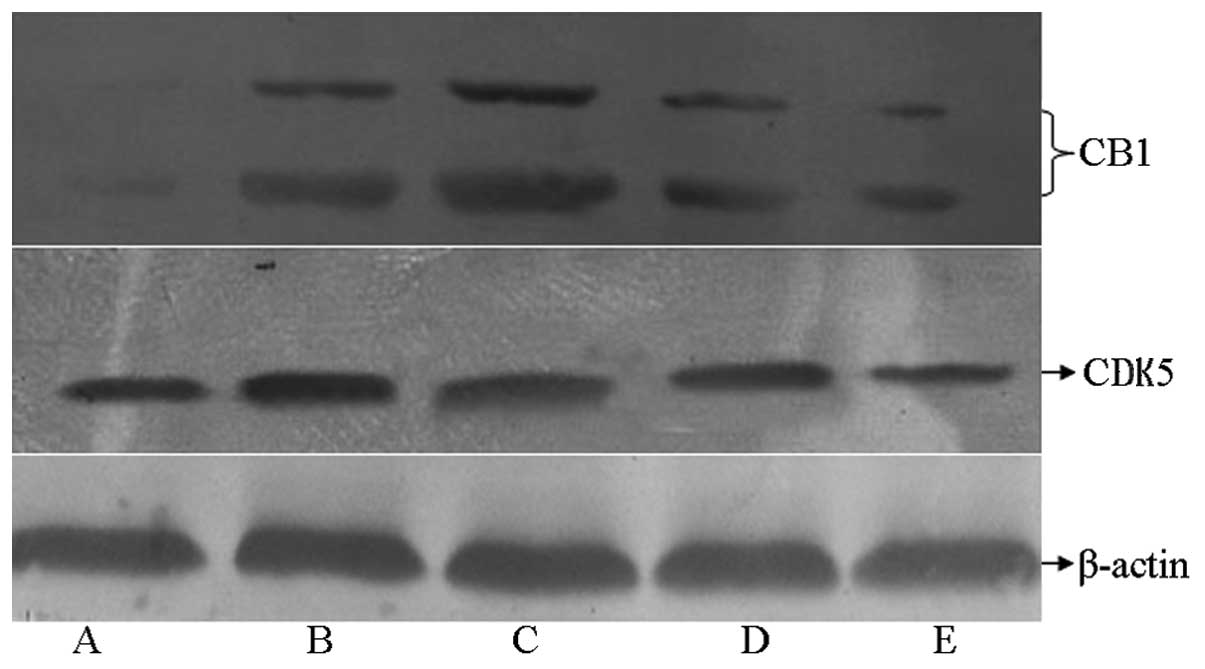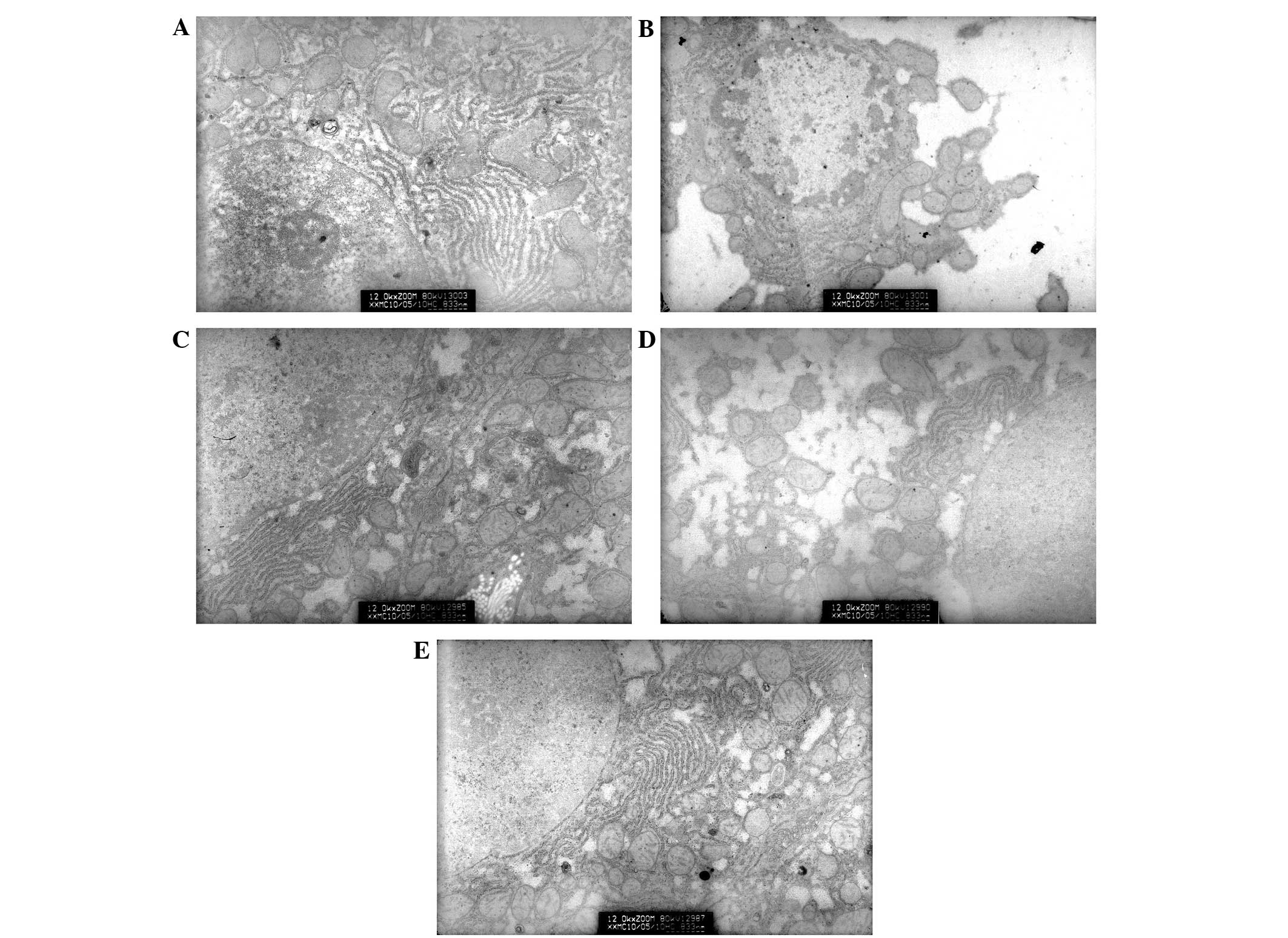|
1
|
De Rick A, Vanheule S and Verhaeghe P:
Alcohol addiction and the attachment system: an empirical study of
attachment style, alexithymia, and psychiatric disorders in
alcoholic inpatients. Subst Use Misuse. 44:99–114. 2009. View Article : Google Scholar : PubMed/NCBI
|
|
2
|
Whitfield JB: ADH and ALDH genotypes in
relation to alcohol metabolic rate and sensitivity. Alcohol Alcohol
Suppl. 2:59–65. 1994.PubMed/NCBI
|
|
3
|
Bruha R, Dvorak K and Petrtyl J: Alcoholic
liver disease. World J Hepatol. 4:81–90. 2012. View Article : Google Scholar : PubMed/NCBI
|
|
4
|
Diehl AM: Liver disease in alcohol
abusers: clinical perspective. Alcohol. 27:7–11. 2002. View Article : Google Scholar : PubMed/NCBI
|
|
5
|
Gao B and Bataller R: Alcoholic liver
disease: Pathogenesis and new therapeutic targets.
Gastroenterology. 141:1572–1585. 2011. View Article : Google Scholar : PubMed/NCBI
|
|
6
|
Williams R: The pervading influence of
alcoholic liver disease in hepatology. Alcohol Alcohol. 43:393–397.
2008. View Article : Google Scholar : PubMed/NCBI
|
|
7
|
Barve A, Khan R, Marsano L, Ravindra KV
and McClain C: Treatment of alcoholic liver disease. Ann Hepatol.
7:5–15. 2008.PubMed/NCBI
|
|
8
|
Dickov A, Vuckovic N, Martinovic-Mitrovic
S, et al: Disorder verbal memory in alcoholics after delirium
tremens. Eur Rev Med Pharmacol Sci. 16:1052–1060. 2012.PubMed/NCBI
|
|
9
|
Chopra K and Tiwari V: Alcoholic
neuropathy: possible mechanisms and future treatment possibilities.
Br J Clin Pharmacol. 73:348–362. 2012. View Article : Google Scholar : PubMed/NCBI
|
|
10
|
Li S, Wan J, Chen WJ and Wan GR: Effect of
Xinnaojia formula on learning and memory and expression of NR2B in
the hippocampus of rats with chronic alcoholism. Zhong Guo Ying
Yong Sheng Li Xue Za Zhi. 27:5–6. 2011.(In Chinese).
|
|
11
|
Du AL, Li S, Wan J, Wang D, Zhu F, Meng L
and Wan GR: Effect of Xinnaojia formula on the liver damage of rats
with chronic alcoholism. Zhong Guo Lao Nian Xue Za Zhi. 35:156–157.
2015.(In Chinese).
|
|
12
|
Kruman II, Henderson GI and Bergeson SE:
DNA damage and neurotoxicity of chronic alcohol abuse. Exp Biol Med
(Maywood). 237:740–747. 2012. View Article : Google Scholar : PubMed/NCBI
|
|
13
|
Burke CJ, Tobler PN, Baddeley M and
Schultz W: Neural mechanisms of observational learning. Proc Natl
Acad Sci USA. 107:14431–14436. 2010. View Article : Google Scholar : PubMed/NCBI
|
|
14
|
Stoneham ET, Sanders EM, Sanyal M and
Dumas TC: Rules of engagement: Factors that regulate
activity-dependent synaptic plasticity during neural network
development. Biol Bull. 219:81–99. 2010.PubMed/NCBI
|
|
15
|
Li R, Huang FS, Abbas AK and Wigström H:
Role of NMDA receptor subtypes in different forms of NMDA-dependent
synaptic plasticity. BMC Neurosci. 8:552007. View Article : Google Scholar : PubMed/NCBI
|
|
16
|
Mallon AP, Auberson YP and Stone TW:
Selective subunit antagonists suggest an inhibitory relationship
between NR2B and NR2A-subunit containing N-methyl-D-aspartate
receptors in hippocampal slices. Exp Brain Res. 162:374–383. 2005.
View Article : Google Scholar : PubMed/NCBI
|
|
17
|
Kash TL, Matthews RT and Winder DG:
Alcohol inhibits NR2B-containing NMDA receptors in the ventral bed
nucleus of the stria terminalis. Neuropsychopharmacology.
33:1379–1390. 2008. View Article : Google Scholar : PubMed/NCBI
|
|
18
|
Xin WK, Kwan CL, Zhao XH, Xu J, Ellen RP,
McCulloch CA and Yu XM: A functional interaction of sodium and
calcium in the regulation of NMDA receptor activity by remote NMDA
receptors. J Neurosci. 25:139–148. 2005. View Article : Google Scholar : PubMed/NCBI
|
|
19
|
Lee YS, Ha JH, Yong CS, Lee DU, Huh K,
Kang YS, Lee SH, Jung MW and Jim JA: Inhibitory effects of
constituents of Gastrodia elata Bl. on glutamate-induced apoptosis
in IMR-32 human neuroblastoma cells. Arch Pharm Res. 22:404–409.
1999. View Article : Google Scholar : PubMed/NCBI
|
|
20
|
Howlett AC, Barth F, Bonner TI, Cabral G,
Casellas P, Devane WA, Felder CC, Herkenham M, Mackie K, Martin BR,
et al: International union of pharmacology. XXVII. Classification
of cannabinoid receptors. Pharmacol Rev. 54:161–202. 2002.
View Article : Google Scholar : PubMed/NCBI
|
|
21
|
Khasabova IA, Khasabov S, Paz J,
Harding-Rose C, Simone DA and Seybold VS: Cannabinoid type-1
receptor reduces pain and neurotoxicity produced by chemotherapy. J
Neurosci. 32:7091–7101. 2012. View Article : Google Scholar : PubMed/NCBI
|
|
22
|
Maccioni P, Colombo G and Carai MA:
Blockade of the cannabinoid CB1 receptor and alcohol dependence:
Preclinical evidence and preliminary clinical data. CNS Neurol
Disord Drug Targets. 9:55–59. 2010. View Article : Google Scholar : PubMed/NCBI
|
|
23
|
Polissidis A, Galanopoulos A, Naxakis G,
Papahatjis D, Papadopoulou-Daifoti Z and Antoniou K: The
cannabinoid CB1 receptor biphasically modulates motor activity and
regulates dopamine and glutamate release region dependently. Int J
Neuropsychopharmacol. 16:393–403. 2013. View Article : Google Scholar : PubMed/NCBI
|
|
24
|
Benavides DR and Bibb JA: Role of CDK5 in
drug abuse and plasticity. Ann NY Acad Sci. 1025:335–344. 2004.
View Article : Google Scholar : PubMed/NCBI
|
|
25
|
Lee MS, Kwon YT, Li M, Peng J, Friedlander
RM and Tsai LH: Neurotoxicity induced cleavage of p35 to p25 by
calpain. Nature. 405:360–364. 2000. View
Article : Google Scholar : PubMed/NCBI
|
|
26
|
Jelski W and Szmitkowski M: Alcohol
dehydrogenase (ADH) and aldehyde dehydrogenase (ALDH) in the cancer
diseases. Clin Chim Acta. 395:1–5. 2008. View Article : Google Scholar : PubMed/NCBI
|
|
27
|
Ehlers CL, Liang T and Gizer IR: ADH and
ALDH polymorphisms and alcohol dependence in Mexican and native
Americans. Am J Drug Alcohol Abuse. 38:389–394. 2012. View Article : Google Scholar : PubMed/NCBI
|



